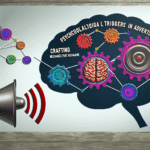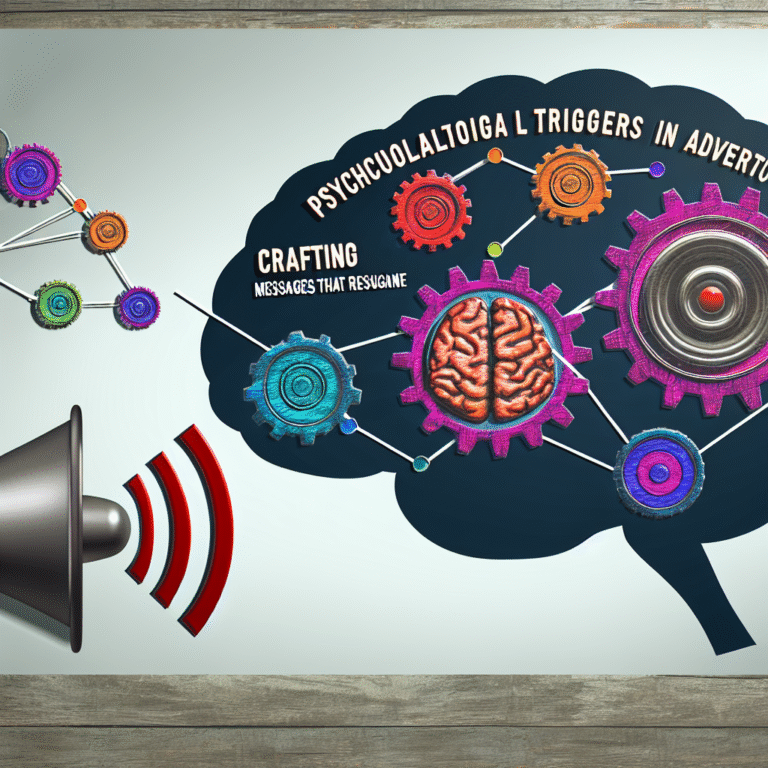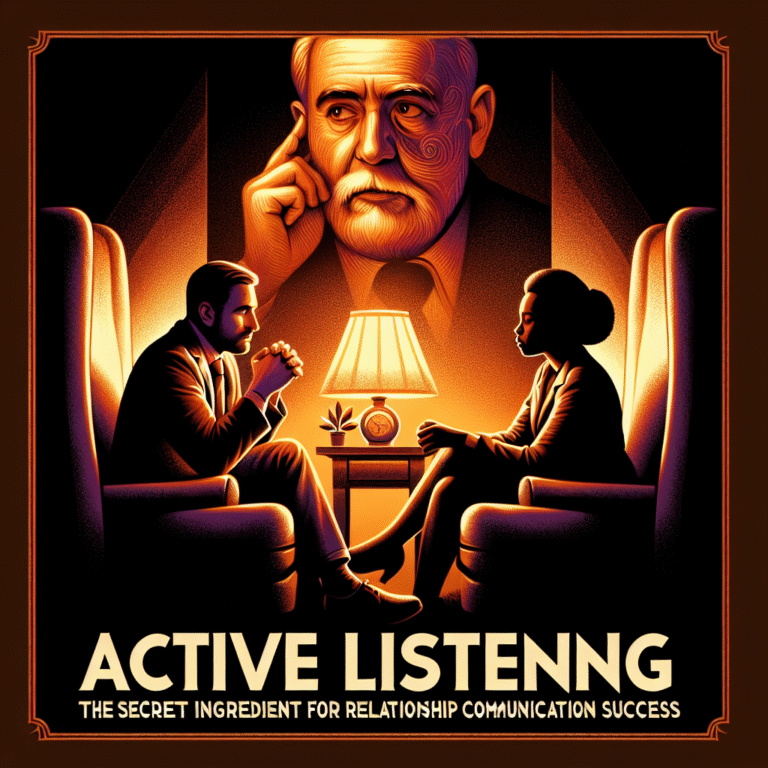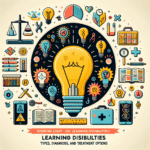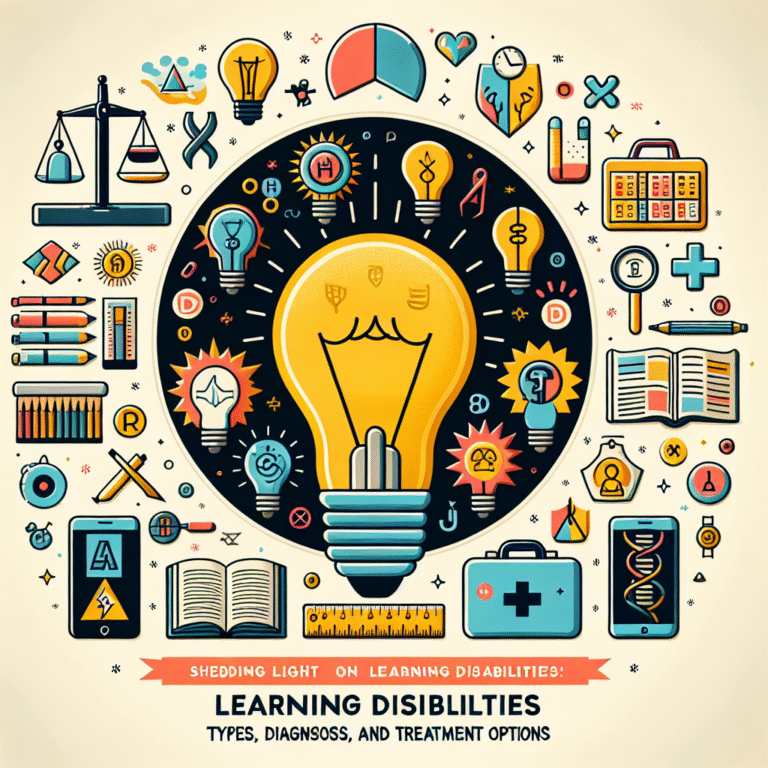
Tailored Strategies: Customizing Behavioral Interventions for Autism Spectrum Disorder
Introduction
Navigating the world of Autism Spectrum Disorder (ASD) can feel overwhelming not just for individuals diagnosed with it, but also for their families and caregivers. Autism is not a one-size-fits-all condition; its manifestations can differ widely, requiring a nuanced approach for each individual. This is where Tailored Strategies: Customizing Behavioral Interventions for Autism Spectrum Disorder comes into play. By using personalized methods and strategies, we can create effective interventions that cater to the unique needs of each person on the spectrum.
This article will explore the importance of tailored strategies in behavioral interventions, providing a roadmap for parents, educators, and practitioners. Through insightful case studies and data-driven approaches, we aim to equip you with knowledge and tools that can be transformative, making life easier for both individuals with ASD and those who support them.
The Importance of Tailored Strategies
Understanding Autism Spectrum Disorder
Before diving into tailored strategies, it’s essential to understand what ASD is. It refers to a range of neurodevelopmental conditions characterized by challenges in social skills, repetitive behaviors, and communication. The spectrum aspect means that symptoms can vary significantly in severity from one individual to another, making the need for customized interventions not just beneficial but essential.
Why Behavioral Interventions?
Behavioral interventions are among the most effective tools in the arsenal for supporting individuals with ASD. These interventions aim to teach and reinforce desired behaviors while reducing those that are problematic. However, the heterogeneity of autism means that a strategy effective for one individual may not work for another.
Comparison Table of Behavioral Interventions:
| Intervention Type | Description | Best For |
|---|---|---|
| Applied Behavior Analysis (ABA) | A structured approach focusing on behavior modification | Children with specific behavior issues |
| Social Skills Training | Teaches interaction and communication skills | Individuals struggling with social situations |
| Cognitive Behavioral Therapy (CBT) | Focuses on altering negative thought patterns | Older children and teens with anxiety |
| Family-Centered Interventions | Engages families in the intervention process | Households seeking a collaborative approach |
Finding the Right Fit
The key takeaway is that "one-size-fits-all" is a myth in behavioral interventions for ASD. Each individual has unique strengths and challenges, making tailored strategies crucial in implementing effective support systems.
Tailored Strategies in Action
Case Study 1: The Power of Personalization
Background: Sarah, a 7-year-old girl with ASD, faced significant challenges in social interaction and exhibited severe anxiety during group activities.
Interventions: Professionals began with a tailored behavioral plan that incorporated a mix of social skills training and cognitive behavioral therapy. They started with one-on-one sessions, allowing Sarah to build her confidence in a controlled environment. Gradually, they introduced group activities, focusing on peer interaction strategies.
Results: After six months, Sarah exhibited substantial progress. Her participation in group activities increased, and her anxiety levels decreased. This proves that Tailored Strategies: Customizing Behavioral Interventions for Autism Spectrum Disorder creates an environment where individuals can thrive.
Analysing the Case Study
Sarah’s case underscores the significance of personalizing strategies based on individual needs. It illustrates that early and carefully planned interventions can lead to positive outcomes, emphasizing the importance of a tailored approach.
Creating an Effective Tailored Strategy
Assessment and Planning
- Comprehensive Evaluation: Conduct a thorough assessment to understand the individual’s strengths, weaknesses, and specific areas of need.
- Involve the Family: Family members often provide critical insights and support. Their involvement ensures that strategies are holistic and consistent.
Intervention Design
- Setting Goals: Create measurable, achievable goals focusing on communication, social interaction, and daily living skills.
- Choosing Techniques: Depending on the assessment, techniques like role-playing, visual aids, and positive reinforcement strategies can be employed.
Monitoring and Adaptation
- Regular Feedback Loops: Consistently monitor progress and adapt strategies as needed. What works initially may require tweaking over time.
- Involve Educators and Therapists: Collaboration with schools and therapists ensures continuity and a shared understanding of the intervention plan.
Challenges in Implementing Tailored Strategies
Resistance to Change
Not all individuals may respond positively to new strategies. Some may perceive change as a threat to their routine.
Solution: Gradually introduce changes and employ familiar techniques alongside new ones to ease transitions.
Resource Limitations
Many families face limitations in terms of access to services or funding for personalized interventions.
Solution: Community resources, support groups, and online platforms can offer additional help to bridge these gaps.
The Role of Technology in Tailored Strategies
Innovations in Communication
Technological innovations, such as mobile apps and communication devices, have made it easier to create tailored interventions. Tools like social stories and visual schedules can help individuals with ASD better understand and navigate their environments.
Data-Driven Decisions
Using data analytics allows practitioners to tailor interventions further by identifying what works and what doesn’t through rigorous analysis.
Conclusion
The importance of Tailored Strategies: Customizing Behavioral Interventions for Autism Spectrum Disorder cannot be overstated. By recognizing the unique needs of individuals with ASD, personalized approaches can foster growth, improve social interactions, and reduce anxiety, ultimately enhancing quality of life.
As we continue to evolve our understanding and strategies around autism, the goal remains clear: ensuring that every person on the spectrum receives the support that best suits them. The journey may involve challenges, but it is entirely achievable, especially when armed with knowledge, compassion, and effective, tailored strategies.
FAQs
1. What are tailored strategies in behavioral interventions?
Tailored strategies refer to personalized approaches in behavioral interventions specifically designed to address the unique needs and strengths of individuals with Autism Spectrum Disorder.
2. How do I know which behavioral intervention is right for my child?
It’s essential to conduct a comprehensive evaluation in collaboration with professionals who understand your child’s needs. Involving family members can also provide additional insights.
3. Can tailored strategies be implemented at home?
Yes! Parents and caregivers play a crucial role in implementing tailored strategies at home. Consistency and collaboration with professionals can help reinforce what is being taught.
4. What are some examples of tailored interventions?
Examples include using visual supports, social stories, personalized rewards systems, and engaging in role-playing scenarios to teach social skills.
5. How often should tailored strategies be assessed or adjusted?
Regular assessment is vital. It is recommended to review progress every few weeks or months, adapting strategies based on observed outcomes and changing needs.
By weaving together these elements of tailored strategies for Behavioral Interventions for Autism Spectrum Disorder, we can foster a more inclusive environment that values each individual’s unique journey.

